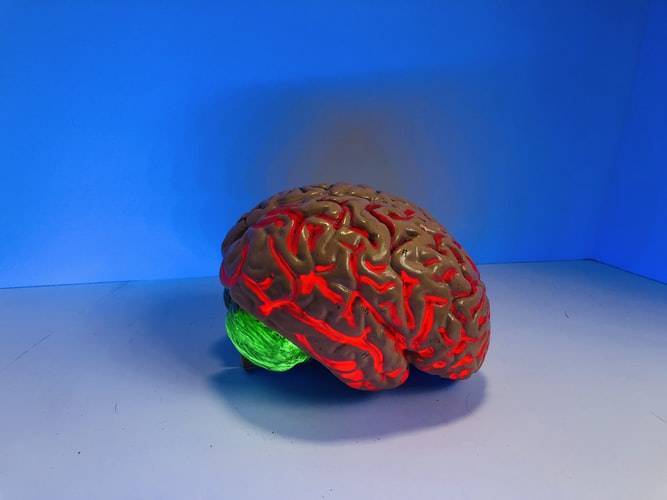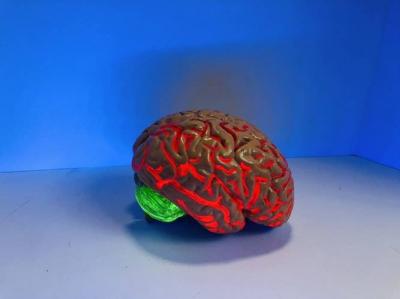Scientists appear to be very close to solving the mystery of what happens to the human brain after death, following thousands of studies conducted in the past on this issue. Notably, an error might be the reason for arriving at the conclusive answer, according to the neuro-science platform "Frontiers in Aging Neuroscience." Neuroscientists accidentally recorded the brain activities of a dying person while using an electroencephalogram (EEG) to detect and treat seizures in an 87-year-old man who had suffered a heart attack.
### Measuring 900 Seconds of Brain Activity
They recorded 900 seconds of brain activity close to death, focusing on a specific period to investigate what happened in the 30 seconds before and after the heart stopped beating. They observed changes in a certain range of neural oscillations, known as gamma waves, as well as in delta, theta, alpha, and beta waves, immediately before and after the heart stopped functioning. They explained that by generating the oscillations involved in memory retrieval, the brain might be recalling the last significant life events just before death, similar to experiences reported in near-death experiences.
### Memory Retrieval, Dreams, and Meditation
For the first time, the researchers noted that the rhythmic brain wave patterns recorded at the time of the man's death resembled those occurring during dreaming, memory retrieval, and meditation. They indicated that people's brains remain active and coordinated during the transition to death and even afterward. According to the study's organizer, Ajmal Zemmar, a neurosurgeon at the University of Louisville in Kentucky, these brain waves recorded in the dying brain, known as "neural oscillations," suggest that what is happening is a "memory recall." The researchers expressed hope that the results of this study would lead to further insights through multiple studies.




